Search marketers and content developers have used many metaphors to describe post-click landing pages’ roles in your paid ad campaigns. Some say they’re “first impressions,” while others have called them “an opportunity to tell a story.”
But for this post, we are going to go with a different metaphor.
Consider, for a moment that you are arguing with a close friend about the recent presidential election.
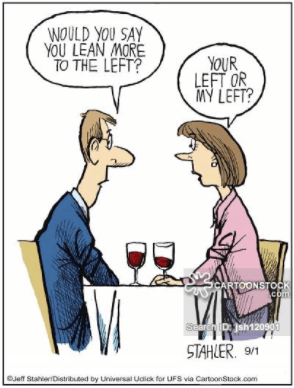
If you are truly immersing yourself in the hypothetical, you’d likely be at odds with the other person over the bipartisan binary. Either Republican red, or Democrat blue.
If you have any experience in the matter, you know that when conversing (or screaming) with a member of the opposite party, you can’t always rely on the same tactics of persuasion.
A logical decision doesn’t always follow proof.
Instead, more often than not you need to employ emotional triggers to really activate the empathy centers in your opponent’s brain. You’ll need to forsake what you may consider being the best way to convince them rationally for a less rational, but more effective, method of persuasion: personal engagement.
This is our metaphor. Your post-click landing page is akin to the argument you would use to convince a political rival to see things from your perspective. And with any debate or discussion, the emotive force behind your assertions makes all the difference.
Explicitness matters
When it comes to post-click landing pages or a political debate, there is no time for dancing around the subject. You want to be as simple and direct as possible, so your site visitor knows right away what your post-click landing page goal is.
Keep your CTAs unified and focused. Don’t distract your user with multiple offers and unnecessary information.
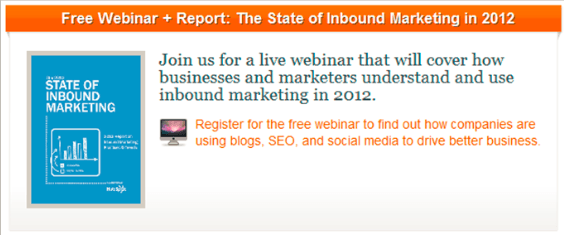
In the screenshot above you can see that the advertisement has two diverging CTAs and offers on the same page. The one add asks for both a download of the eBook as well as a “click here to subscribe” option at the bottom. Not only that but the links are highlighted in different colors to really emphasize their difference. This can lead to a significant drop in conversion rate due to the higher friction of so many requests unfolding in a single market interaction.
Instead, the better practice is to limit each paid ad, each post-click landing page, and each explicit CTA/offer, to a single, streamlined offer that aims towards a single conversion goal.
Whether you’re appealing to logic or emotion (known by ancient debaters as logos and pathos), being direct in your approach will pay dividends.
Grab the user’s attention, and make the conversion path as straight and narrow as possible.
Comparison testing your ad copy
Optimization relies heavily on comparison testing to ensure you’re using the most efficient variations of your content/copy. When you first set up your pay-per-click services, you should have your testing strategy already in mind.
The secret mantra of all search optimizers is “fail fast” for a reason.
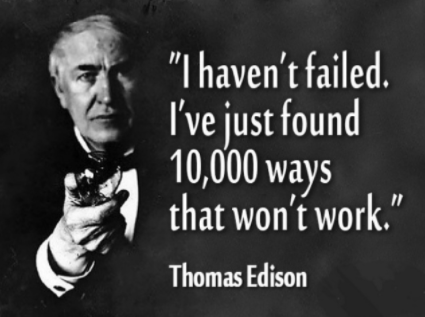
If you’re looking to become a true paid search manager, you will constantly be A/B testing different variants of your copy with clear hypotheses and test parameters to continuously “fail fast” and learn each week to better optimize going forward.
Now that we’ve covered the basics let’s take a look at three “tough decisions” you’ll have to make during your optimization project:
- Text ads vs. display ads: While the first is considered the norm and takes up the majority of paid search results, display ads can disrupt users and engage them on a more emotive level by employing some neuromarketing tricks. The more engaged — the more conversion-prone the user tends to be.
- Feature info vs. benefit info: Once you get the user to click through to your post-click landing page, what kind of content and copy are they consuming? Are you marketing the different features you offer and how your brand is unique from the rest of the market? Or are you actually speaking to users in their terms about how your service will benefit them?
- Pain points vs. pay points: Solving pain points is a must for paid advertisers everywhere, but how you market those solutions is up to you. Are you employing urgency and need on behalf of the user to convey the importance of your service? Or, are you advertising how your unique brand of service can uniquely solve the problems you mention?
1. Text ads and display ads
The basic division of labor for paid campaigns is as follows: the ad, the post-click landing page, and the CTA or conversion on that page. So let’s start with the first: the advertisement itself.
PPC campaigns rely on advertisements. So the question is: are you going to go with text ads or display ads?
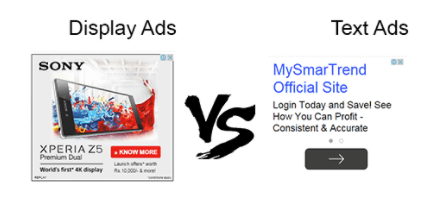
As you can probably imagine, text ads appeal more strongly to the logos-oriented hemisphere of our brains. However, as we know, addressing only the rational side of an argument is never going to entirely convince someone.
You need the emotional as much as the rational — most times even more so.
Display ads, for this reason, tend to be more successful than text ads because they are more engaging to the user. They also are great for disruption — grabbing the user’s attention as he or she passively scrolls down the newsfeed.
We as human beings have a naturally selective attention span — how you play to the strengths and weaknesses of that selective attention can make or break your campaigns.
Text ads
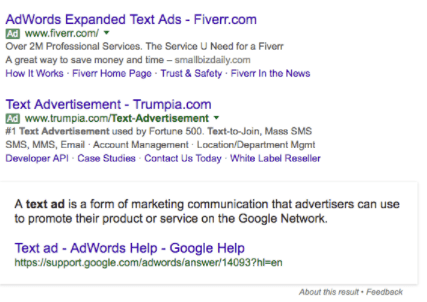
Text ads are a great opportunity to optimize your ranking for given keywords. They are also an excellent way to provide your user with a “sneak peek” of what your content will offer. But, as is always the case with rational evidence, you have to find the right balance of ad text to ensure your convincing your readers, not boring them.
There are plenty of CMS systems (like Yoast checker within WordPress) available to you that will analyze your ad text and snippets for you so you can more easily find the right threshold for your ad text.
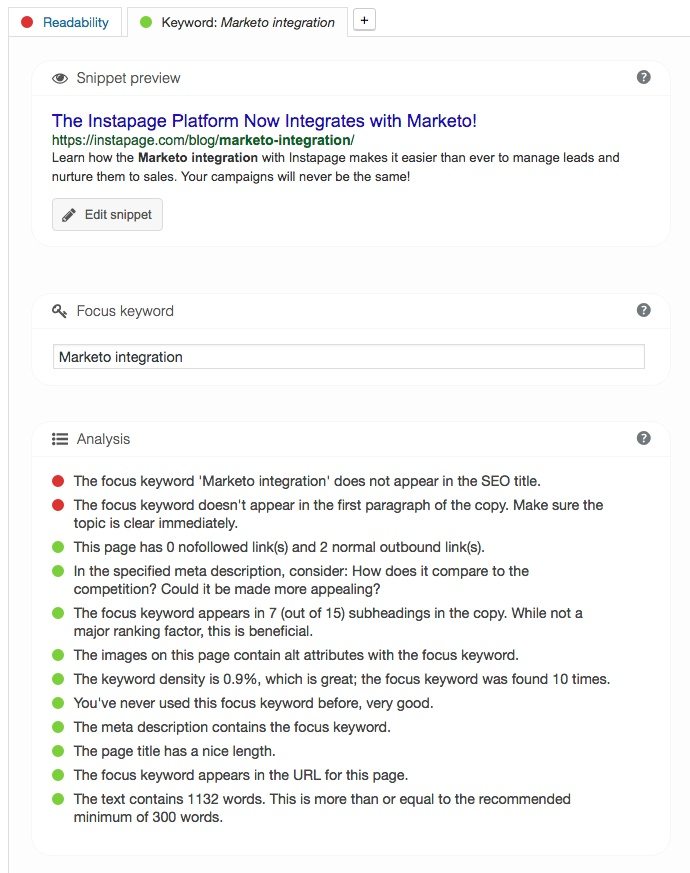
(But these software are automated and work with metrics like keyword density. Which, if you are a living, breathing content marketer, you would know doesn’t matter and shouldn’t be on your list of priorities.)
Instead, you should focus on optimizing your use of space within your ad text and make sure you are maximizing the offer. This may mean looking into expanded text ads to see how many pages you can fit onto a single SERP.
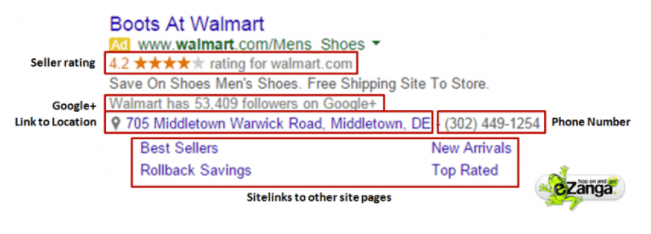
Unless you have a killer brand name that is doing the sales work for you all on its own, it might not be the most efficient use of text space to have it in your ad text.
Consider optimizing your title tags by ditching your brand name. Your domain will still be included in the ad’s URL anyway. You can use the ad real estate that was previously being taken up by your brand name to give the searcher some beneficial information to entice them into clicking.
Here is an example of how we have optimized some of our own title tags at Directive Consulting…
Since our brand name is automatically included in the URL directly below the link text, we decided to replace “Directive Consulting” with someone the user will want to see.

Display ads
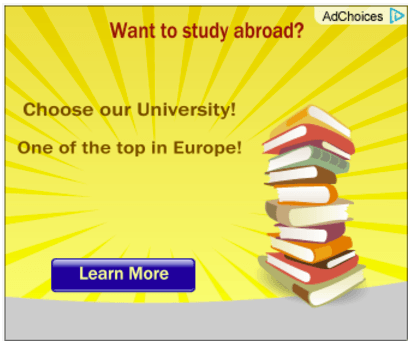
Remember what I said earlier about our naturally selective attention span? Users are simply more likely to click on advertisements that include creatives and images instead of simple links and ads.
Human beings visual processing naturally prioritizes motion, then image, and then text in that order. This is why display ads generally perform better than text ads (and why video works even better… 86% better in fact)!
If we have a natural inclination to emphasize motion and graphics over words, then naturally your ads and post-click landing pages should play to our preference for visual cues. Consider the picture below: our selective attention naturally draws our eye to the faces of the image — the highlights of the light skin tones against the darker hues of their clothing focus our visual attention on their faces even though they aren’t the center of the image.
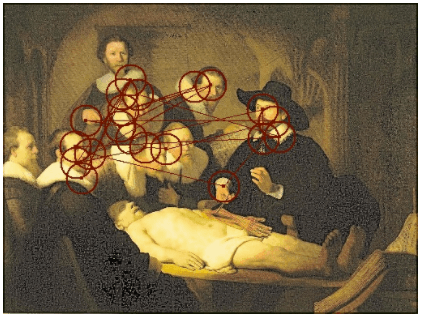
We prioritize and value what we want to see — even if we are unconscious of it. Your ads should focus more on grasping user’s (selective) attention and intriguing them emotively instead of rationally. The proof can come later.
When it comes to the initial advertisement, getting your user to click through to your post-click landing page is more than just conveying the best offer and the most convincing statistics.
First impressions hardly rely upon rational support. More often than not our emotive forces are what change our minds.
Supplying the proper information and evidence to support your claims can legitimize your brand enough to get the user to stick around. But it’s the psychological and emotional engagement with the user that convinces them to convert.
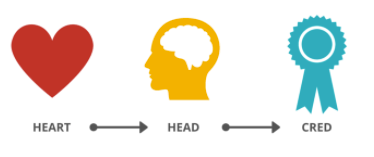
2. Feature vs. benefit info
Once you get the user to click-through from your ad to your post-click landing page, it’s time to start making a case for your service. You’ve started the conversation; now it’s time to start doing the legwork of convincing your user to convert.
- What is it exactly that you do? And what separates you from the rest of the field?
- What is so unique about your service and why will it benefit the user?
- Why should the user trust you over one of your competitors?
Feature info
Another way to convince users to convert is to flood them with different features of your service.
Instead of relying on PR and building your brand recognition, you can prioritize the various unique features your company offers.
This is where you can step away from the more emotive engagements and dive deep into the data-oriented copy that we content marketers are so accustomed to. This is where statistics, testimonials, and social proof come into play. Social proof can be a great PR brand builder as well — associating your brand with the mass approval of the community. But it also takes into account the fact that you have data to backup your success stories.
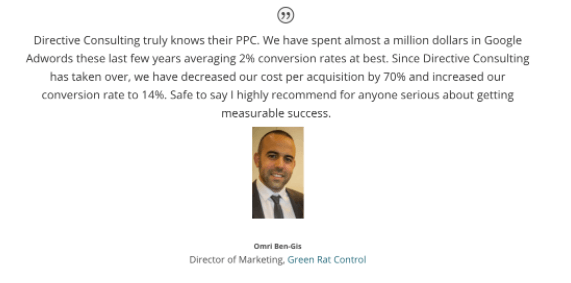
Instead of bragging about the different connotations of your brand, this is actually telling the potential customer what you do.
This is where you can distinguish your unique service from the rest of your competition. The more compelling your copy and the more you emphasize the individuality of your brand, the more engaged and intrigued your user will be.
For example, if you offer a unique blended service — like a combination of paid and organic search optimization — your copy should reflect the advantages of combining to usually discrete practices.
Below is an example of how we offer both organic and paid promotion for our Directive Consulting content marketing approach:
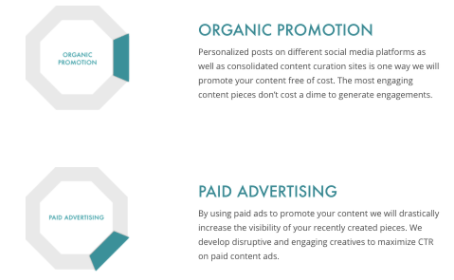
On the other hand, if you are offering a product instead of service, a comparison pricing display showing the actual dollar savings may be the type of feature/benefit your user is looking for.
Benefit info
If you want to take it even a step further, you can target your copy to convey benefits to the users on your page. This is more than just marketing the different unique services or skills you have, but it goes into addressing the actual problems of the user you will be solving.
Speak to the customer in their terms, and they will always be more inclined to convert.
Here you can employ some tried and true marketing tactics such as providing social proof (Kissmetrics doing some serious social proof/name dropping below) to show first-time visitors the long list of happy clients that you have been able to truly help.
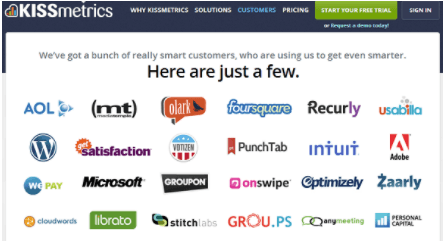
Modern day, digitally savvy users (not just Millennials, but mostly) have different values that they prioritize in market interactions as opposed to their baby boomer predecessors.
Modern day users value personalization in the approach and customization of pitches. This means that even first-time users are looking for at least a hint of you, tailoring your services to their specific needs and goals.
The more interactive you can make your post-click landing page content and copy, the stronger you user’s sense of customization will become.
Modern users also prioritize participation in their market interactions. Offering customization and interaction with the content on your site can improve engagements — even if you are only offering the option.
Start associating your brand with personalization and users will come flocking.
This is why chat integrations and video are making a huge push on so many thought leader’s sites.
Interactive content of any sort — even direct address videos — provide the user with a far more targeted and delightful user experience.
In our own study at Directive, we found that users who viewed our direct address video on our proposal page were almost 11.5% more likely to convert than users who didn’t watch the video.
And if you can get one more conversion for every ten visits, those results speak for themselves. As it is in most cases — whether in the debate or search marketing — finding the right balance is key.
You should have a healthy combination of both branded and featured information (relative to your industry — a child care center wouldn’t have the same ratio as a car manufacturer) to convey the properly logically stimulated and emotionally evocative message.
3. Pain points and pay points
Remember, post-click landing pages are there to convert your traffic into leads and sales.
post-click landing pages are where the real action of your paid campaigns takes place. Make sure that you are emphasizing the right priorities on your page to convert the right types of users that you are targeting. Speak to them in their terms.
Sell your benefits as time savers, not just money savers. This is a commodity that every person values, regardless of their budget or marketing objectives.
Problems
Pain points are problems, real or perceived that you as a search marketer are working to remedy on behalf of the user. Instead of focusing on the issues that you feel are important, focus on the issues that the user is worried about.
These will be based on the search entries that you user is typing into the search bar. Topics such as “different pricing models for PPC agencies,” or “I am posting four pieces of content a week, why am I not generating more traffic?”
Most traffic generation tactics come from brand building or technical SEO. And most conversion tactics come from user-centric decision making. But most optimization tactics come from solving pain points.
This means that you’re constantly looking to the “weakest link” factor of your individual campaigns to see if they can be improved.
For example: if your ads aren’t generating the CTR you’re hoping for (the pain point being the low CTR), you can try optimizing your title tags like the earlier example (solution).
Or, if you are using heatmaps to monitor user’s session-recordings and notice that they aren’t making it to your form submission at the bottom of the page; move that form above the fold to increase its visibility.
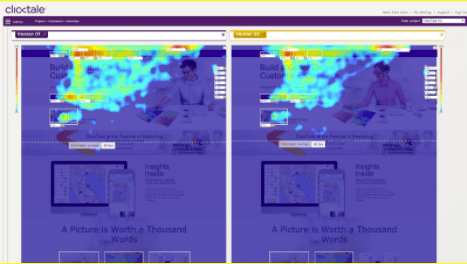
What is truly important is that your post-click landing page copy conveys your service’s ability to solve the pain points of the customer. Tools like Answer the Public are great for identifying user pain points by identifying what questions are being typed into the search bar while using your given keyword.
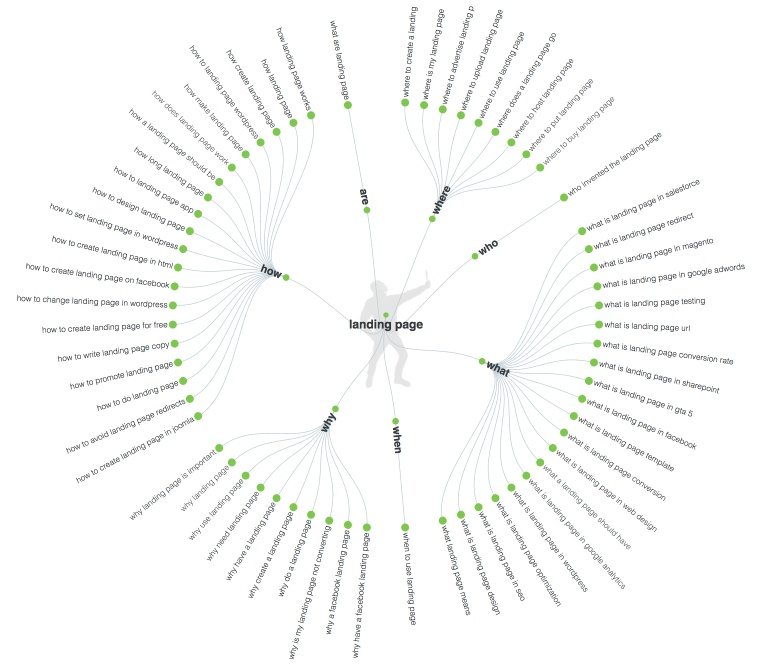
You can choose from the different questions ATP provides (based on search volume) and directly answer those user queries on your post-click landing page to supercharge your engagements.
Solutions
Solutions are what I like to call “pay points.” You want to eliminate any friction points on your post-click landing page that may be standing as roadblocks in between your visitor and conversion. More than that, you want to give them acceleration points that push them toward converting. These are your pay points.
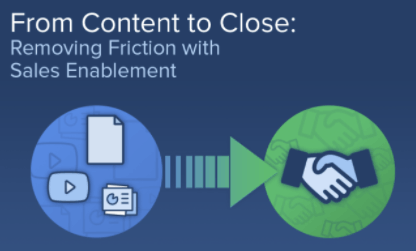
These acceleration points can be anything from a particularly strong client testimonials to a preview of some of your best strategies and tactics.
An excellent way to entice users who are on the verge of converting is to give a sneak peak or behind-the-scenes view of your company’s process (relative to the specific conversion goal this distinct ad campaign is prioritizing).
For example, if your site offers post-click landing page design services, telling your visitors what different design philosophies your opine (like user-centric, conversion centric, directional attention, etc.) is a good place to start. You may even consider providing brief team interviews to give an inside look at who will be working on the specific projects.
These sneak peaks can even go as far as to outline actual tactics and strategies they can learn during that distinct market interaction.
The more transparent and authoritative you are with your services and your offers, the more likely you can get the user to think: “if I’m learning this much just from their page, what kind of service would I get if I partnered with them?”
The more authoritative you can appear during a first impression, the more grandiose you’ll be in the minds of your audience who are imagining you at full blast.
Testing your ad copy with the user in mind
Keep in mind that accounting for the user’s side of the experience means more than identifying their search context and their needs. You also need to account for the user’s technological capabilities as they adapt with more user-friendly search engines.
User experience and user behavior both need to be optimized for equally.
Whether you’re working on an organic or paid search campaign, over half of search interactions today are performed via mobile device. If you are a truly user-centric paid search manager, it’s time for you to consider a mobile marketing strategy.
In the end, aren’t we all tired of being spoken to by experts of jargon and sales pitches?
Bring it down to the level of the audience and engage them on a personal level with the facts they value.
Conversion is a highfalutin term for convincing. If you want to convince the minds that matter, you need the facts, the bravado, and the emotional angle.
Build your post-click landing pages with the targeted intent of answering your typical user’s specific search query as benefit/value-oriented as possible (in their terms). The more directly, delightfully, and definitively you can do so, the more customers you will convince – and the more conversions you will cash in on. Sign up for an Instapage Enterprise demo today.
About Sean Martin
I am a Content Marketing Manager at Directive Consulting, a digital marketing agency in Southern California. We specialize in integrating SEO, PPC, Social, and Content into our online marketing campaigns. Check out my posts on the DC blog to see how we are innovating and changing the game.

See the Instapage Enterprise Plan in Action.
Demo includes AdMap™, Personalization, AMP,
Global Blocks, heatmaps & more.
